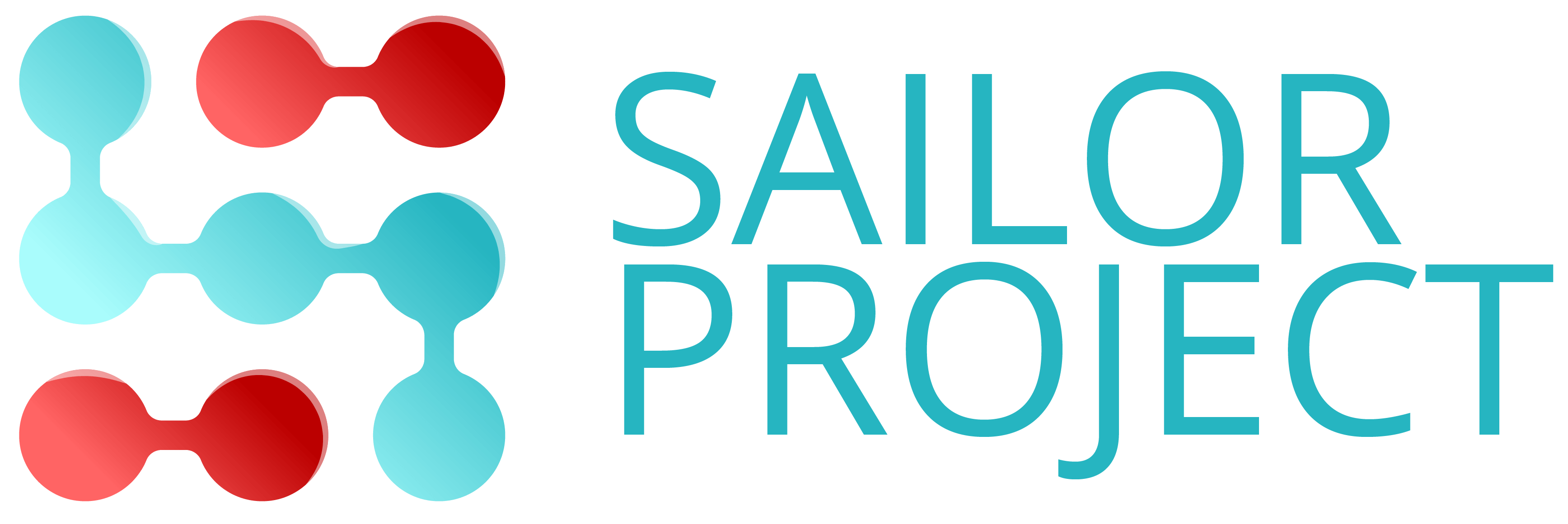Time and technology transform every industry as they attempt to keep up with modern trends. Healthcare is one of the industries that has experienced many beneficial transformations over the years. For example, AI is changing how patients access health information and treatment, and remote communication is helping doctors from around the world to bring their expertise to patients in hospitals in every country. Here are some examples of innovations occurring in several healthcare specialties:
General Dentist
A general dentist is responsible for examining and treating clients with tooth and gum problems. These dentists help clients of all ages with services such as dental x-rays, cleanings, and cavity extractions. They are also responsible for providing dental education to patients to assist them in their ongoing dental health and prevent future dental problems. Most people know they should visit their local dentist at least once a year.
Diagnostic devices, such as 3-D dental imagery and cone-beam C/T scans, allow dentists to find new ways to detect dental problems more accurately. Both these methods provide a three-dimensional image of the teeth and gums that will help the dental team devise better dental treatment plans. Innovations in communication have allowed clients who need a general checkup or a dental consultation to find that of teledentistry allows them more convenient access to dental care. The same technology also allows the dental team to attend international education seminars to ensure their ongoing education.
Research in dental procedures is now offering new medical innovations that provide minimally invasive dental visits. Dentists are now able to use these new methods to save the greatest amount of the clients’ natural teeth and gums. These new methods have also proven to be less painful, which decreases fear of dentistry and encourages future visits. One type of new technology that has been shown to significantly reduce pain is laser dentistry.
Cosmetic Dentist
Cosmetic dentists provide dental treatments to change the appearance of their clients’ teeth. Cosmetic dental procedures may be done due to personal preference or after an accident or illness. Common cosmetic dental procedures include teeth whitening, dental bonding, and veneers. Tooth whitening uses safe solutions that apply bleaching to the outer surface of the teeth, while other cosmetic dental procedures place tooth-colored caps on the teeth or apply resin to the outer surface.
When clients undergo a cosmetic dental procedure, such as crown repair or creation, they are grateful for some of the new medical innovations. When clients lose a tooth and need a dental implant, they previously endured uncomfortable sessions when their impressions were made. Digital imaging is now available to replace these procedures and provide a more accurate fit for the client’s new dental crown.
Some dentists are now exploring different crown materials, which provide more endurance, and lower the risk of crowns breaking or falling out. Instead of traditional porcelain, according to Holistic Dental Arts, ceramic crowns provide a more compatible material for covering an implant. If clients and dentists are seeking a natural material that is strong and durable, they might also choose zirconium. Clients seeking an innovative, more aesthetically pleasing solution can also opt for lithium disilicate crown material, which is stronger, and has a more natural appearance.
Dental Emergency Care
When someone needs emergency dental service and can’t get an immediate appointment with their usual dentist, they must find an emergency dentist. It’s advisable to call your family dentist, who can give you advice to reduce your symptoms until you see a dentist. An internet search can often find dental offices that specialize in emergencies. People with dental emergencies who can’t find care may also find help at the local emergency room.
The same teledentistry solutions that help general dental clients may also help clients with dental emergencies. A preliminary examination can be done over the phone, allowing the dentist to know exactly how to prepare to accurately help the client, which will save time. Other new medical innovations are being developed for non-surgical extraction, which provide new methods of anesthesia, so clients can allow manual extraction.
Clients are often frightened or bored during dental procedures. Therefore, emergency and general dentists have begun providing virtual reality experiences to distract their patients. A screen is placed on the ceiling of the examination room, and the clients are given VR glasses and earphones. Being diverted in these new ways will alter the pain perception of the clients and allow the dentist to perform needed procedures.
Children’s Dentist
Many parents prefer only one dentist for all family members, but some like to take their children to a pediatric dental service. Pediatric dentists are specially trained to gear their treatment styles to allow children to relax and cooperate with dental exams. These dentists are also knowledgeable about the differences in children’s oral development and pediatric dosage for anesthesia and pain medication. Children’s dentists mainly help children with autism or developmental delays since their condition requires an approach that may be more familiar to pediatric practitioners.
New medical innovations in pediatric dentistry include new diagnostic tools such as transillumination. According to the Healthcare Guys, this tool shines light through the teeth, resulting in transparent enamel and white cavity tissues. When children must have anesthesia, they are often fearful and unable to remain calm. Innovations now allow dentists to provide pinpoint anesthesia for a single tooth.
Innovations are also affecting filling materials, with new materials by utilizing fillings that are free of mercury or other metals. These newer filling materials are also more compatible with the child’s gum tissue. One of the most fascinating innovations is called Stemsave. Stem cells found in baby teeth and wisdom teeth can now be harvested and saved for use in that child’s future medical procedures.
Custom Dental Cabinets
In addition to new dental diagnostics and treatments, new technology has allowed dentists to plan and design their offices to best suit their practices’ needs. These services will analyze the offices in terms of space and where to place chairs, examination tables, and storage cabinets. Custom dental cabinetry can be created to shape or fit into a specific space. One of the other considerations is regarding their materials, as they can be created with maximum durability in mind.
Customized cabinets allow the dentist to choose the materials they prefer. Companies that make these custom cabinets can provide prospective clients with the results of patient surveys. These surveys provide information about which type of cabinet produces the most favorable client reaction. Another benefit of these cabinets is that all the storage areas in the practice can have the same style, improving the office’s overall aesthetic impression.
New medical innovations have transformed dental education by providing interactive computer activities as part of a new waiting room design. Dentists can provide their clients with a link to these programs that they can do at home or provide computers for the activities in their waiting room. Users can participate in these activities while waiting for an appointment, and it can reinforce dental education information when they use them at home.
Medical Offices and Clinics
A medical doctor is responsible for examining people and providing a diagnosis and medical treatment plan. When people are acutely ill, they should go to a hospital. People go to a doctor office for routine medical care and health prevention measures. Many of the new medical innovations that are now available to healthcare clients are helping medical doctors provide better care to their clients.
Telehealth visits are also available, where routine medical matters can be handled over the phone. Another aspect of medical care that benefits from new technology is appointment scheduling. Appointments can be made online or by calling an automated appointment phone number. These systems allow clients to make their appointments more efficiently and reduce the need for office staff.
Doctors can also benefit from new technology in treatment planning. Online services allow doctors to enter a client’s symptoms and medical history and receive a customized treatment plan and medication suggestions. Standardized order sets help doctors save time, and medical staff can implement doctor’s orders more quickly.
Cardiac Care
Cardiologists are doctors who specialize in care for the heart and cardiovascular system. Many cardiac doctors work in the hospital, especially in the emergency room. However, for the treatment of chronic cardiac problems, clients with a history of heart disease should go to cardiology offices. If a client has a heart attack or other significant cardiac event, they will need to go to a cardiac rehabilitation program.
New imaging techniques can provide a 3-D picture of the heart. These images can allow the cardiac surgeon to diagnose a heart defect and plan their approach more purposefully. Research in pharmacology has provided new medications that can reduce the drugs needed by patients and also receive medications that treat heart disease more effectively.
Technology has allowed cardiologists to use new medical innovations in diagnosis, treatment, and surgery. One example of these advances is for clients with aortic valve stenosis (blockage of one valve in the aorta). Instead of the previously invasive methods of repairing or implanting an artificial aorta, the TAVR (transcatheter aortic valve replacement) procedure places a catheter inside blood vessels around the aorta and replaces the blocked aortic valve. This procedure can significantly extend a client’s life expectancy.
Back Pain and Spinal Surgery
The spine’s bones are separated by small discs filled with gel-like material. These discs are intended to act as a shield for the bones when the spine is moving. When a person injures their back or has a condition where their spine bones are impacted, the person can develop bulging and herniated disc problems. Chiropractors and orthopedic doctors are knowledgeable about solutions for those painful conditions.
New imaging techniques assist chiropractors and orthopedists in developing new procedures to help people with herniated discs. However, sometimes surgery is needed. New surgical methods for laminectomy (repair or fusing of the spine bones) are being developed. New techniques in spinal decompression, such as using AI to control the angle of decompression devices, are also helpful.
Replacement for disc materials has been the focus of many new medical innovations related to herniated discs. According to News Medical Life Science, surgeons can replace the gel inside the discs with hyaluronic acid (the same material used in dermal fillers for wrinkle repair.) The procedure begins with the removal of the bulging disc. Once the surgeon injects the solution, the hole in the disc is sealed with collagen, and the repaired disc is inserted into the space where the disc belongs.
Updated Equipment for Hospitals
As previously noted, many hospitals now utilize more modern versions of healthcare equipment. Doctors are adopting innovative diagnostic tools and taking advantage of AI care planning. Using automated medical equipment for blood sugar testing, doctors’ offices can now provide diabetes management and suggested treatment in a reduced time frame. Medical technology has been developing new medical innovations that can allow healthcare clients to achieve better health.
For example, 3-D printers are now being used to create dental implants and replacement joints. These procedures reduce the time needed to provide clients with solutions. According to WeForum, 3-D printers can also be used to create hearing aids much faster – and with a better ability to customize hearing improvement to the patient’s needs. They can also be used to replace skin and create organ replacements.
Research is also being done with gene-replacing technology called CRISPR (Clustered Regularly Interspaced Short Palindromic Repeats), which helps clients with life-threatening diseases like cancer and HIV. This technology can now remove defective DNA and replace it with deactivated virus cells that initiate an immune response and subsequent healing. In addition to cancer and HIV, people with sickle cell disease and cystic fibrosis can also be helped.
Research and technology will continue to allow our healthcare professionals to discover new solutions for our health. Diagnostic procedures are likely to be done more quickly, and there may even be innovations in remote diagnostics. Pharmacy companies can use AI to suggest new medical innovations. When those solutions come, we only hope the overall effect will allow us to enjoy better health.









